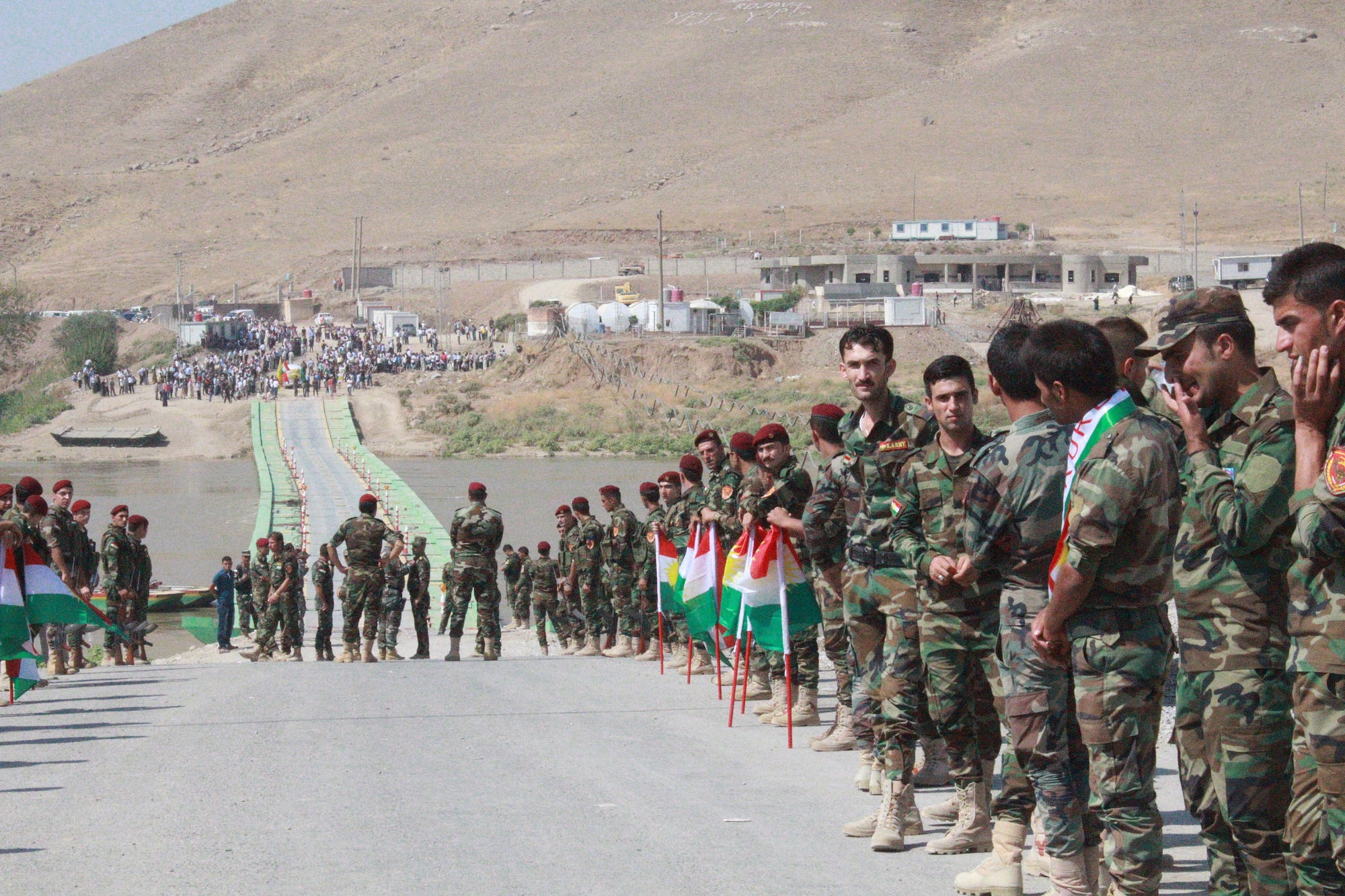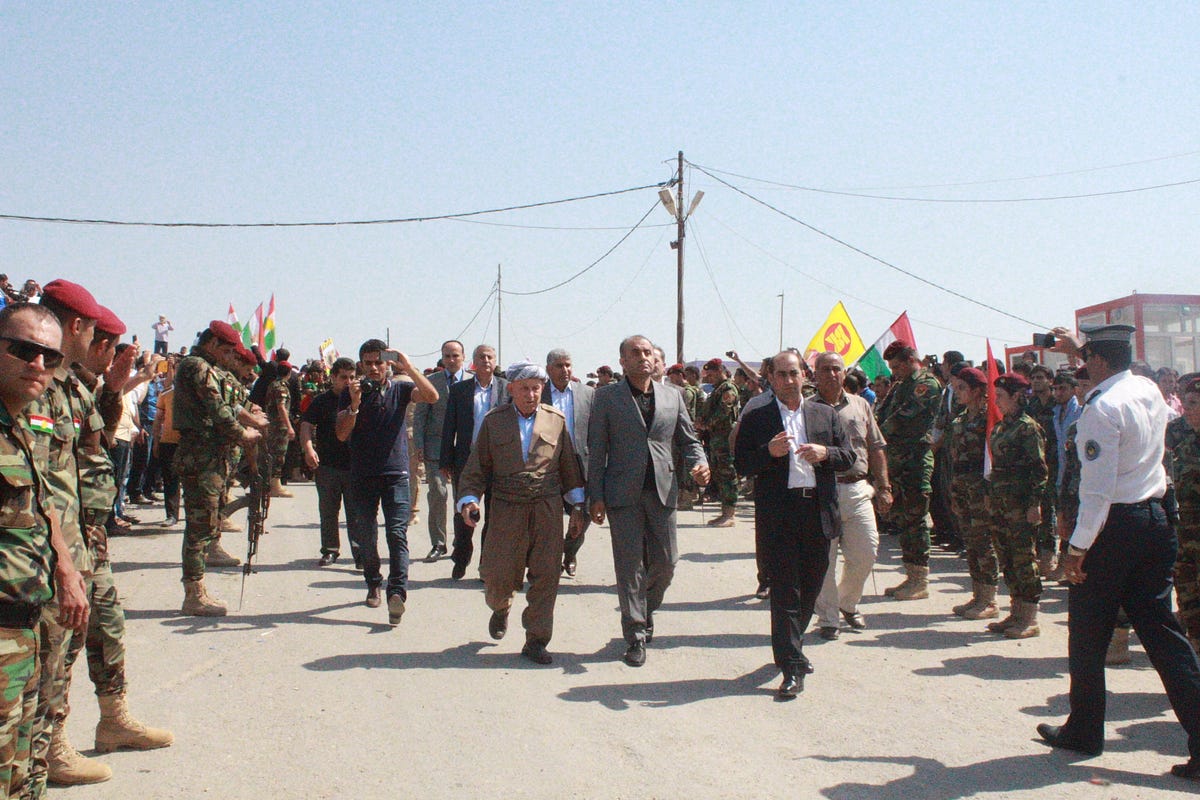16 Oct , 2014
ISIS Flags appeared In Jamia Masjid, Srinagar, Kashmir after Friday prayers
On October 10, masked men hoisted the ISIS flag in Srinagar’s Jamia Masjid. This incident followed the Friday prayers. A similar incident had taken place on October 6, wherein some youth waved the ISIS flag after Eid prayers. Three months earlier on June 27, some youth were seen carrying the same flag Friday prayers.
Do these separatists by inviting the ISIS want to purge the Shias in J&K in their desire to join the failed state of Pakistan? It appears so, because the ISIS that they support is rabidly anti-Shia.
In Kashmir the linkage between Friday prayers or religious gatherings, and demonstration of ISIS flags is, therefore unmistakable.
Despite these incidents or show of solidarity with the idea of Islamic Caliphate in the Kashmir Valley, on no less than three occasions in five months, the Hon’ble Chief Minister of J&K Mr Omar Abdullah maintains that there is no ISIS in the Kashmir, and all the reports and visual footage is a hype by the media. Significantly, the Chief Minister made comments to this effect as he emerged from the Union Home Minister’s office.
Mr Abdullah should be very concerned that the last two incidents took place even as the State is struggling to recover from the most devastating floods in the history of that land. During these floods, the Indian Armed Forces put their own families and lives at stake to provide rescue, relief and rehabilitation to the affected, which includes the ‘separatist leaders’. The same separatist leaders who after being rescued, tried to hijack relief material once the situation abated.
Mr. Abdullah, the young Chief Minister of J&K, should be disturbed at the abysmal dehumanization of elements within the population. They are only confined to the Kashmir Valley of the State. No floods and no outreach by the Union could wean these elements from the path of religious radicalization. How diabolical?
The entire country rallied behind the flood affected in Kashmir. Goodwill and resources flowed and continue to flow. The per capita expenditure by the Union government has always been highest with regard to Kashmir. These elements in the Kashmir Valley have defied the oft repeated logic that development unites. Even after the floods, the separatists continue to clamour for Pakistan, which was created as a homeland for Muslims. The Ahamadiyas and Shias find this homeland veritable hell. The violence against Shias and Ahamadiyas, leave alone the barbarism against Hindus and Christians, have deflated all the pretentions of Pakistan of being secular in governance.
No jihadi discourse has elicited as much support as ISIS. There has been unprecedented support from even Western countries.
Do these separatists by inviting the ISIS want to purge the Shias in J&K in their desire to join the failed state of Pakistan? It appears so, because the ISIS that they support is rabidly anti-Shia. In fact, the ISIS speaks of Sunni supremacy. The Islamic caliphate that they envisage has only a subsidiary and subordinate status for Shias.
The ISIS spokesperson Abu Mohammad al-Adnani has spoken about transforming Iraq into a living hell for Shias and called for destruction of Nazaf and Karbala. In fact, the guiding philosophy of ISIS is not ‘anti-Westernism’ or ‘pan-Islamism’, it is patently and unequivocally ‘pan-Sunnism’.

